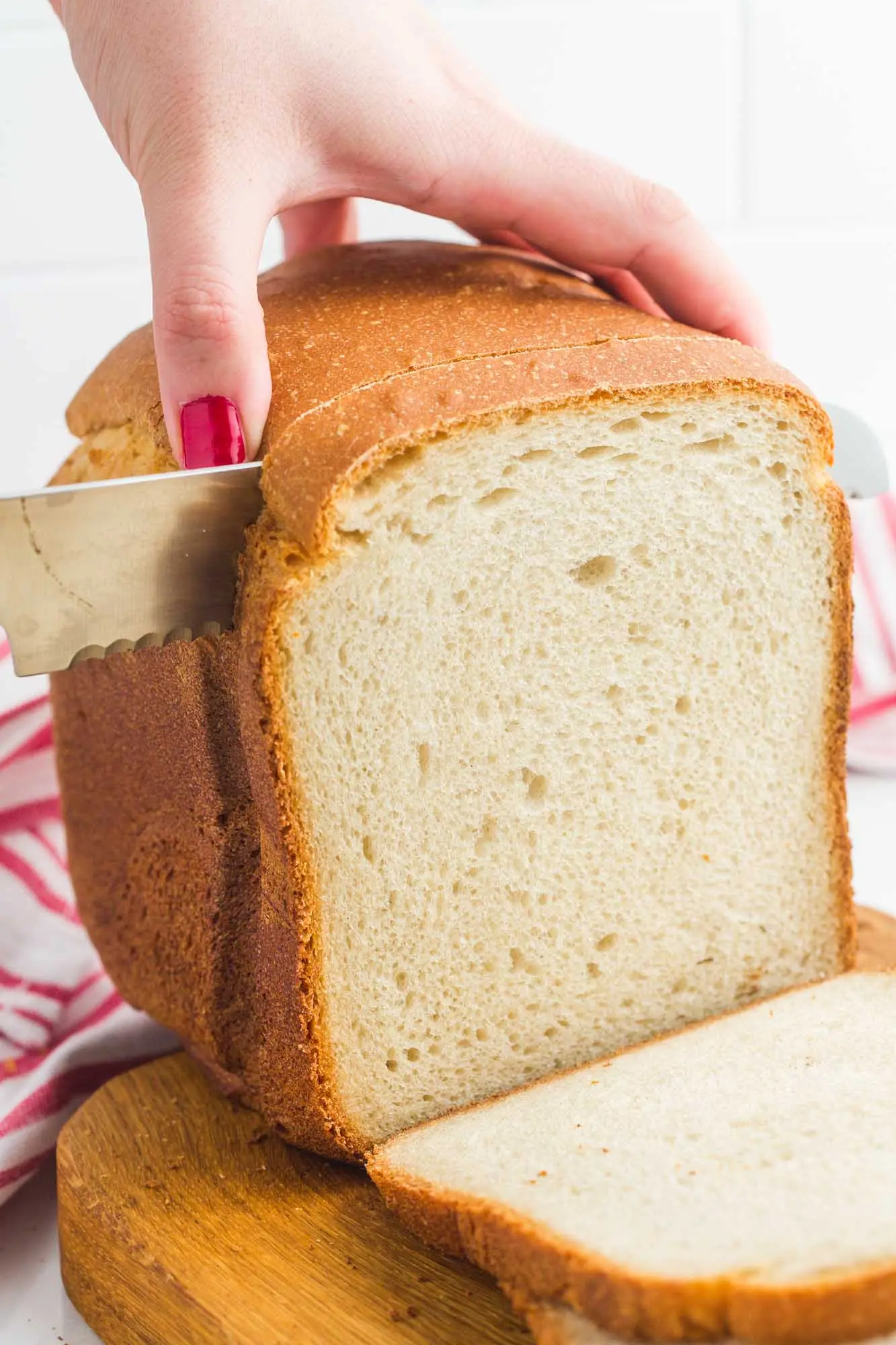How does a bread maker mix and bake bread?


How does a bread maker mix and bake bread?
Bread is a staple food in many cultures around the world, and there’s nothing quite like the smell and taste of freshly baked bread. While making bread by hand can be a labor-intensive process, a bread maker simplifies the task and allows you to enjoy homemade bread with minimal effort. But how exactly does a bread maker mix and bake bread? In this article, we will explore the inner workings of a bread maker and the steps involved in mixing and baking bread.
Understanding the Bread Maker
A bread maker, also known as a bread machine, is a kitchen appliance specifically designed for mixing and baking bread. It consists of a bread pan, a mixing paddle or kneading blade, a control panel, and a heating element. The control panel allows you to select different settings and customize your bread-making experience.
Mixing the Ingredients
The first step in making bread with a bread maker is to gather the necessary ingredients. This typically includes flour, yeast, salt, sugar, water, and any additional ingredients such as butter, eggs, or herbs. Once you have measured out the ingredients according to your chosen bread recipe, you can add them to the bread pan in the following order:
1. Liquids: Start by adding the liquids, such as water or milk, to the bread pan.
2. Dry Ingredients: Next, add the dry ingredients, including flour, yeast, salt, and sugar.
3. Additional Ingredients: If your recipe calls for any additional ingredients, such as butter or eggs, add them at this stage.
The Mixing Process
Once all the ingredients are in the bread pan, it’s time to start the mixing process. The bread maker uses a paddle or kneading blade to mix the ingredients together and form the dough. The paddle rotates in one direction, kneading the dough and ensuring that all the ingredients are thoroughly combined.
During the mixing process, the bread maker also activates the yeast, which is responsible for the bread’s rise. The warmth generated by the heating element helps to activate the yeast, allowing it to ferment and produce carbon dioxide gas. This gas gets trapped in the dough, causing it to rise and create a light and fluffy texture.
The Baking Process
Once the dough has been mixed and risen, the bread maker moves on to the baking process. The heating element inside the bread maker heats up, creating a controlled environment for baking the bread. The temperature and baking time can be adjusted based on your preferences and the type of bread you are making.
During the baking process, the bread maker maintains a consistent temperature, ensuring that the bread bakes evenly. The heating element provides heat from the bottom and sometimes from the sides as well, allowing the bread to cook thoroughly. The bread pan is designed to distribute the heat evenly, resulting in a well-baked loaf of bread.
Finishing Touches
Once the bread has finished baking, most bread makers have a keep-warm function that allows you to keep the bread warm until you are ready to serve it. Some bread makers also have a crust control feature, which allows you to select the desired crust color, whether it’s light, medium, or dark.
After the bread has cooled slightly, you can remove it from the bread pan. Some bread makers have a non-stick coating on the bread pan, making it easy to remove the bread without sticking. If necessary, you can use a spatula or oven mitts to help release the bread from the pan.
Conclusion
A bread maker is a convenient and efficient way to mix and bake homemade bread. By following a few simple steps and selecting the appropriate settings, you can enjoy freshly baked bread without the need for extensive manual labor. Whether you prefer a basic white loaf or a more complex recipe with added ingredients, a bread maker can help you achieve delicious results every time. So why not give it a try and start experimenting with different bread recipes in your own kitchen?
Recent Posts
How do I create an engaging and informative online quiz or assessment?
Creating an engaging and informative online quiz or assessment can be a powerful tool for… Read More
What are the most effective methods for managing and reducing work-related stress in the hospitality industry?
Work-related stress is a common issue in the hospitality industry, where employees often face long… Read More
How can I improve my assertiveness and communication skills in a leadership position?
In a leadership position, assertiveness and effective communication skills are crucial for success. Being able… Read More
What are the key elements of a successful employee recognition and rewards program?
Employee recognition and rewards programs play a crucial role in motivating and engaging employees, as… Read More
How do I effectively manage and respond to customer feedback and reviews?
Customer feedback and online reviews play a crucial role in shaping a company's reputation and… Read More
What are the best strategies for effective time management as a stay-at-home parent?
Effective time management is crucial for stay-at-home parents who juggle multiple responsibilities on a daily… Read More